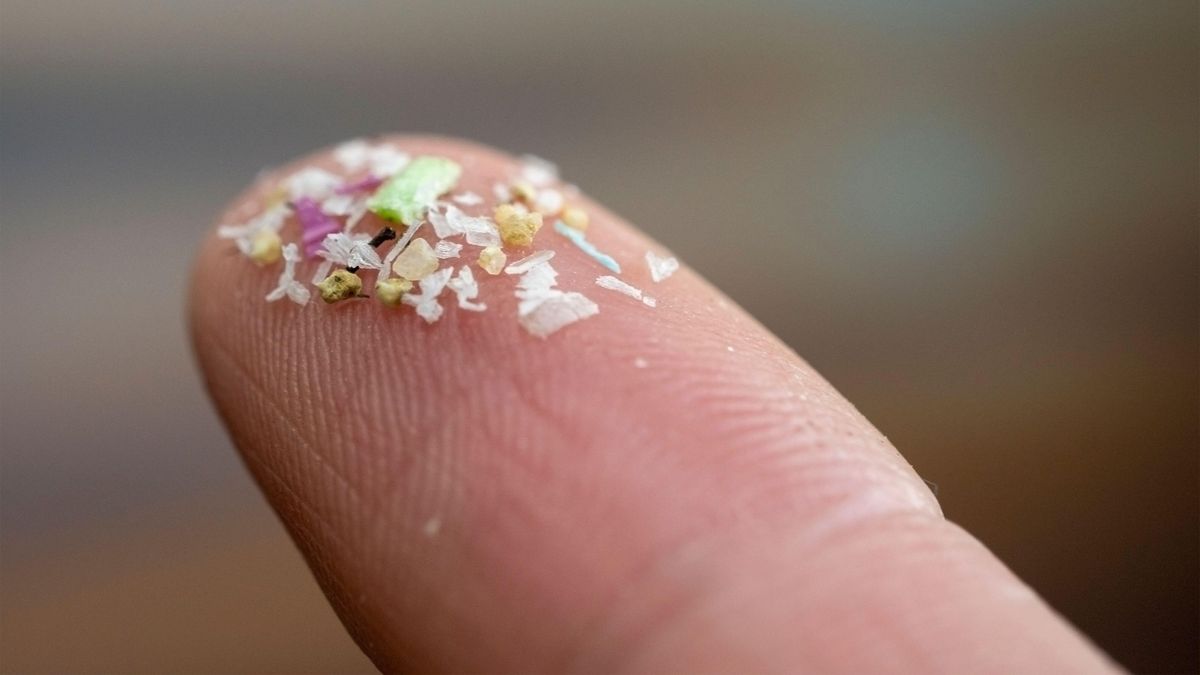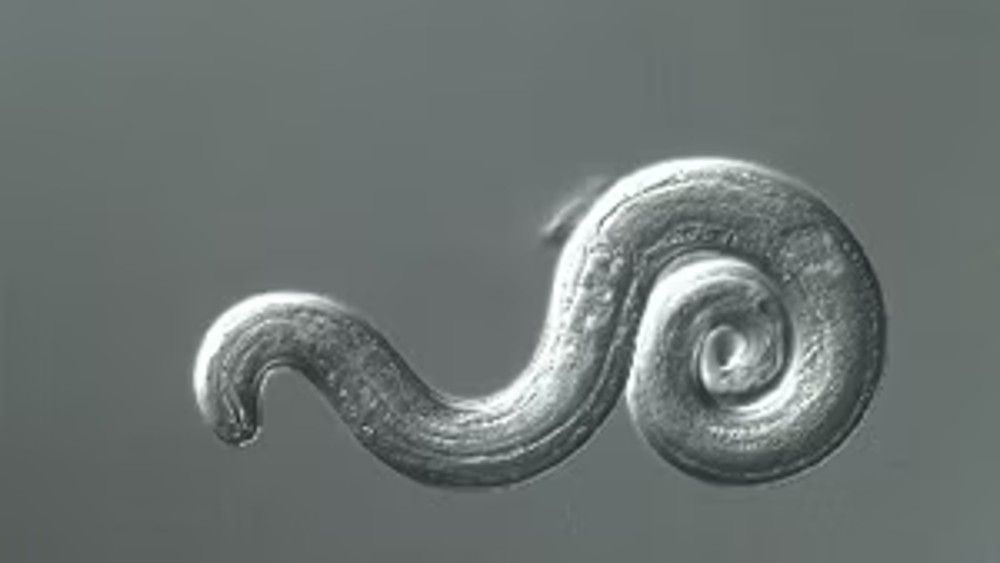A shocking new study has claimed that the human brain is becoming contaminated with growing amounts of microplastics, with concentrations skyrocketing in just the past few years. However, some have cast doubts on the study’s underlying methods.
The research, published Feb. 3 in the journal Nature Medicine, found that concentrations of tiny micro and nanoplastics in healthy human brain tissue rose by roughly 50% between 2016 and 2024. The analysis also found that the plastic concentration in people who died with dementia was even higher — about six times higher than that seen in healthy brains.
The average quantity found in healthy brains — 4,800 micrograms of microplastics per gram of brain tissue — amounts to roughly the same weight as an average plastic spoon.
“The plastics are there and seem to be getting worse,” study co-author Matthew Campen, a toxicologist at the University of New Mexico, told Live Science in an email.
Yet scientists outside the research group have questioned the results, saying there could be flaws in the work that led to exaggeration in parts of the findings. Regardless, the exact impacts that microplastics in the brain have on human health are worryingly unclear.
Plastics on the brain
Microplastics are tiny pieces of plastic debris that measure between 0.2 inches (5 millimeters) to 0.00004 inches (one micrometer) long, according to the National Oceanic and Atmospheric Administration (NOAA). Nanoplastics, by comparison, are even smaller, measuring from one micrometer all the way down to one nanometer.
Related: ‘Very concerning’: Microplastics can accumulate in cancer cells and may help them spread, study hints
These broken-down remnants of industrial waste and consumer goods are impossible to avoid; they are found across the ocean and atmosphere, inside bottled water, and even in human poop. And their accumulation is only increasing as plastic production doubles every 10 to 20 years. The impact of these tiny plastic bits on human health remains unknown.
“We start thinking that maybe these plastics obstruct blood flow in capillaries,” Campen said in a statement. “There’s the potential that these nanomaterials interfere with the connections between axons [wires] in the brain. They could also be a seed for aggregation of proteins involved in dementia.”
However, for now, “we just don’t know,” Campen said.
Studies into how microplastics affect human health are still scant and inconclusive, according to the World Health Organization. So far, some types of plastic are thought to be harmless, whereas others, such as polystyrene, have been shown to kill human cells in lab dishes, as well as cause bowel inflammation and reduce fertility in mice.
However, connecting the dots between these studies and what might be happening in human populations at large is challenging, especially as people are exposed to different amounts of plastic over their lifetimes.
Microplastics have been discovered in the brain before the recent paper — for example, in the human olfactory bulbs, which rest on the bottom of the brain, just above the nose. But how far into the brain the tiny plastics are capable of infiltrating was previously unexplored.
To investigate the prevalence of plastic in our neural tissue, the researchers behind the new study analyzed samples of brain, liver and kidney tissue from 28 people who had died in 2016 and compared them to the brains of 24 people who died in 2024. To extend the analysis, they also compared this brain tissue with older samples gathered between 1997 and 2013, showing a rising trend in microplastics across the years.
The results seemed to suggest that human brains are swimming in plastic shards, with concentrations about seven to 30 times higher than those found in kidney and liver tissue. The plastics primarily existed at a nanoscale, and in healthy brains their numbers were not influenced by the age of the person at death, their cause of death, sex or ethnicity, the researchers found.
However, microplastic concentrations were six times higher in the brains of 8 people who died with dementia, compared with the brains of people without the condition. The researchers note that brain changes associated with dementia would be expected to make it easier for the plastics to accumulate. Thus, at this point, it’s unclear if dementia drove the plastic buildup or if the plastic somehow contributed to the disease itself.
Not all scientists are convinced by the new study’s results, however. The most common type of plastic found in all of the brain samples was polyethylene. Typically used in food and drink packaging, it made up about 75% of the average total plastic found in each brain.
Yet the main analytical method the researchers used (called pyrolysis-gas chromatography-mass spectrometry) causes the abundant fats within the brain to release the same compounds as polyethylene. As this method actually measures these compounds and not the polyethylene directly, this effect could potentially lead to false-positive results.
“I think we need to take the study’s findings with a big pinch of salt,” Oliver Jones, a professor of chemistry at RMIT University in Melbourne who was not involved in the study, told Live Science. “They are reporting higher concentrations of microplastics in the brain than we see in wastewater? That does not seem likely.”
He added, “When you get a result like that, you have to ask yourself questions like, ‘Are you sure you did the analysis right? And are these results biologically plausible?’ I don’t think the answer to either question is yes, myself.”
In response to these doubts, the researchers say that while polyethylene may be vulnerable to interference that could produce false positives, other polymers that they found are not — and these other types of plastic also increased in consistent proportion to the total number of plastics detected, they said.
“What evolution in brain chemistry could explain the increasing trends over such a short period of time?” Campen told Live Science. “The absolute value of the plastics may be immaterial to these points — the plastics are there and seem to be getting worse.”
Others have echoed his point, saying that even if the amounts found are dramatic overestimates, they’re still high enough to prompt further inquiry into their potential health impacts.
“[An overestimate] doesn’t change the fact that the other plastic types are indeed present in the brain,” Emma Kasteel, a toxicologist at Utrecht University in the Netherlands who was not involved in the study, told Live Science. “There thus seems to be no discussion if microplastics are present in the brain and the fact that it is there is concerning enough for me and calls for extra research in this area.”
Campen and his team say they will study these questions further by improving their methods to measure the plastics, using this data to better link their concentrations to health outcomes.
“If our planet is on the 2nd ring of perdition or the 7th, it is clear that we have made some bad decisions and should begin the process of trying to climb back out,” he said.














